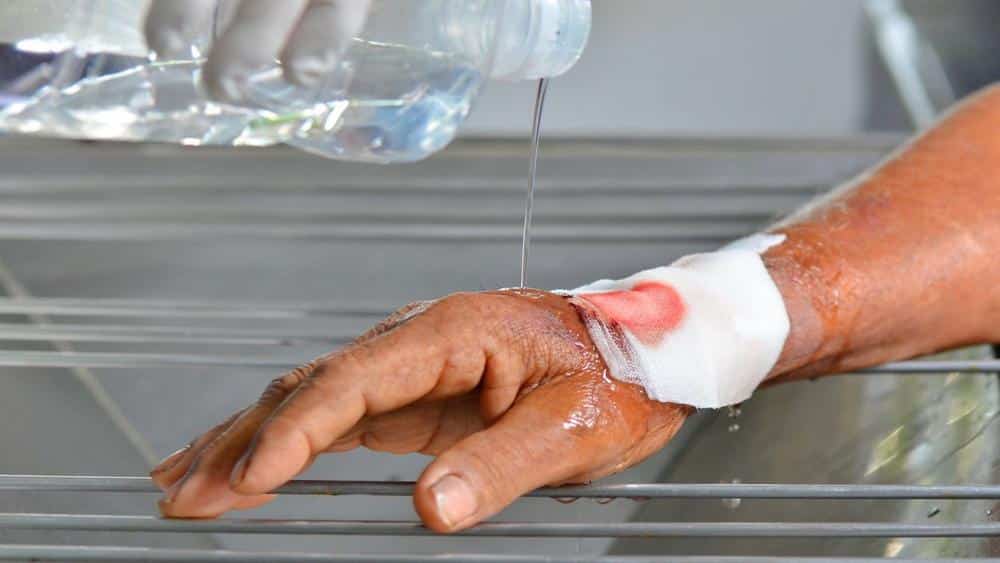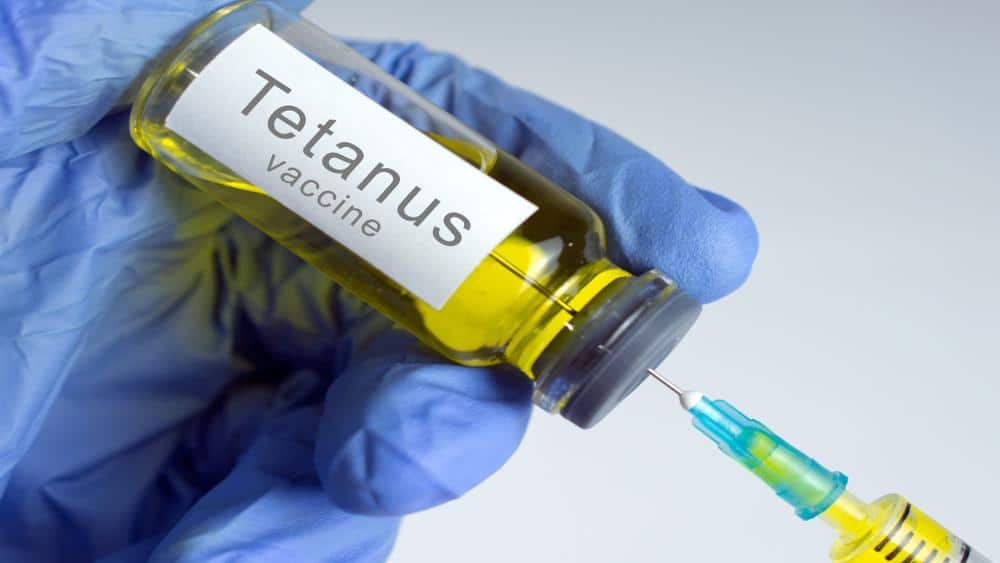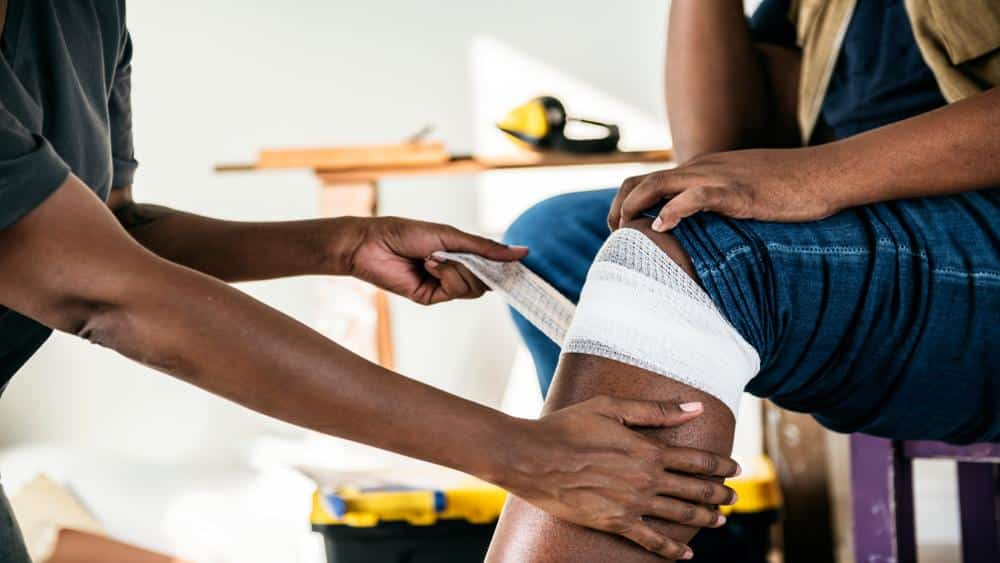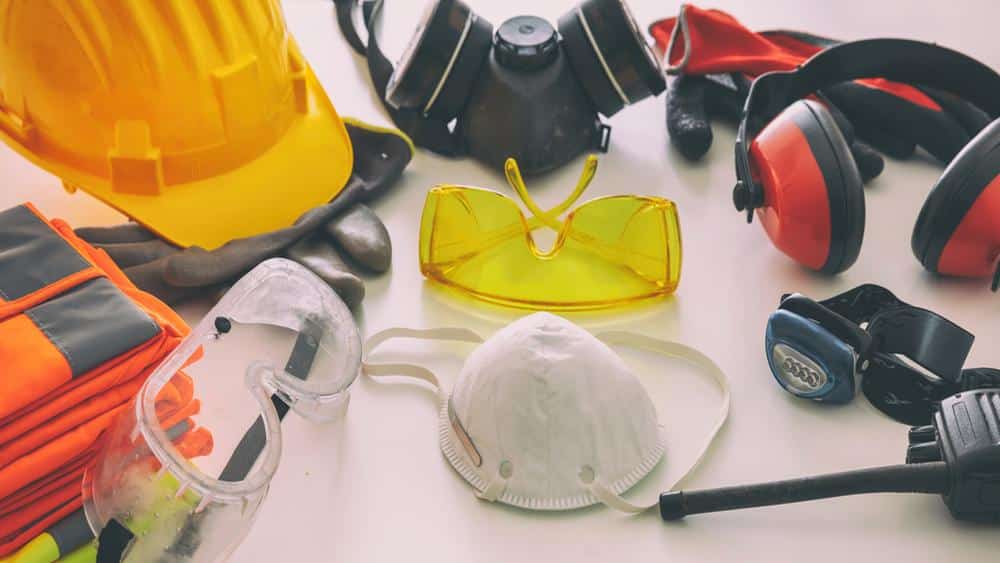Chainsaw accidents can result in severe and potentially life-threatening wounds. Understanding how to respond to these injuries is crucial to minimize complications and promote healing. This article will explore how to treat a chainsaw wound and the different types of chainsaw wounds, potential hazards and difficulties, immediate first-aid measures, treatment options, and steps to prevent infection. Additionally, we will discuss the importance of tetanus shots, signs of infection, wound care and dressing changes, pain management, potential long-term complications, chainsaw safety measures, and answer frequently asked questions.

1. Understanding Chainsaw Wounds
Chainsaw wounds can be deep and damaging, affecting the skin, tendons, and bones. These injuries can be classified as puncture or open wounds, depending on the nature of the wound. Puncture wounds occur when the chainsaw pierces the skin without causing much external bleeding. In contrast, open injuries involve lacerations that result in visible bleeding.
Types of Chainsaw Wounds
Chainsaw wounds can vary in severity, ranging from superficial cuts to deep and extensive injuries. The extent of the damage depends on various factors, including the type of chainsaw, the speed of the chain, the force applied, and the body part affected. Common types of chainsaw wounds include lacerations, amputations, and fractures.
Common Causes of Chainsaw Wounds
These wounds are most commonly the result of slips, equipment malfunctions, or improper handling of the chainsaw. The environment, like a slippery or uneven surface, can also be a contributing factor.
Severity Levels of Chainsaw Wounds
Chainsaw wounds can be minor, only involving the skin, or severe, reaching deeper tissues and causing significant blood loss. Sometimes, they can lead to chronic conditions like septic joints or tendon lacerations.
Discover the Causes and Prevention of the most common chainsaw injuries, from cuts to caution. Expand your knowledge and stay safe by reading our article: “Most Common Chainsaw Injuries: From Cuts to Caution.“

2. Immediate First Aid for Chainsaw Wounds
Providing immediate first aid for chainsaw wounds is essential to prevent further harm and minimize the risk of complications. The following steps can be taken:
- Controlling Bleeding: If the wound is bleeding profusely, apply firm pressure on the wound with a clean cloth or your hand. Elevating the injured area can help reduce blood flow to the wound.
- Cleaning the Wound: Rinse the wound thoroughly with cool running water to remove dirt, debris, or sawdust. Avoid scrubbing the injury, as it may cause further damage. If available, apply antibiotic ointment to reduce the risk of infection.
- Covering and Protecting the Wound: Cover the wound with a sterile dressing or clean cloth once the wound is cleaned. This helps protect the damage from further contamination and promotes the healing process.
3. Seeking Medical Attention
While minor chainsaw wounds can be managed with first aid, seeking medical attention for severe wounds is vital. Medical professionals can assess the extent of the injury, evaluate the need for stitches or other interventions, and determine if a tetanus shot is required.
4. Evaluation and Assessment
During the medical evaluation, healthcare providers will assess the chainsaw wound to determine the best course of treatment. They will evaluate the depth and extent of the injury, the potential involvement of vital structures, and the risk of infection. X-rays or other imaging tests may be conducted to assess possible fractures or foreign objects.
5. Treatment Options
Treatment options for chainsaw wounds depend on the severity and nature of the injury. Minor wounds may require cleaning, dressing, and close monitoring for signs of infection. In extreme cases, more severe injuries may necessitate stitches, surgical repair, or even amputation. Antibiotics may be prescribed to prevent or treat infection.

6. Preventing Infection
Preventing infection is crucial for the proper healing of chainsaw wounds. Besides cleaning the wound thoroughly, keeping it dry and avoiding exposing it to contaminated environments is critical. Applying antibiotic ointment and changing dressings regularly can also help reduce the risk of infection.

7. Importance of Tetanus Shot
Chainsaw wounds, especially those involving deep punctures or open wounds, carry a risk of tetanus infection. Tetanus is caused by a bacterium commonly found in soil and manure, which can enter the body through open wounds. To prevent tetanus, individuals should ensure that their tetanus vaccination is current. A healthcare provider may recommend a tetanus shot after a chainsaw wound if necessary.
8. Signs of Infection
It’s essential to monitor chainsaw wounds for signs of infection. These can include increasing pain, redness, swelling, warmth around the wound, discharge of pus, and fever. If any of these symptoms develop, it is crucial to seek medical attention promptly.

9. Wound Care and Dressing Changes
Proper wound care and dressing changes are vital for the healing process. Depending on the severity of the wound, healthcare providers may recommend specific instructions for cleaning the damage, applying ointments, and changing dressings. Following these instructions diligently can help prevent complications and promote healing.
10. Managing Pain and Promoting Healing
Chainsaw wounds can cause significant pain and discomfort. Managing pain is essential to ensure the individual’s well-being and aid in the healing process. Pain relief measures may include over-the-counter pain medications, prescribed analgesics, and techniques such as elevation and ice packs.
11. Promoting Wound Healing
To promote optimal wound healing, it is important to follow healthy lifestyle practices. A nutritious diet rich in protein, vitamins, and minerals can aid recovery. Additionally, avoiding tobacco use and maintaining good overall health contribute to better wound-healing outcomes.
12. Potential Long-Term Complications
Chainsaw wounds can lead to potential long-term complications, depending on the severity and location of the injury. Some of these complications include:
- Scarring and Disfigurement: Chainsaw wounds often result in noticeable scars, which can have long-term aesthetic and psychological effects.
- Nerve Damage: Injuries involving nerve structures can cause partial or complete loss of sensation, motor function, or both. The extent of nerve damage depends on the severity and location of the injury.
- Joint or Muscle Involvement: Chainsaw wounds that affect joints or muscles can result in limited mobility, weakness, or even loss of function in the affected area. Rehabilitation and physical therapy may be necessary to regain optimal function.

13. Chainsaw Safety: Avoiding Injuries
Prevention is always the best approach when it comes to chainsaw injuries. Implementing safety measures can significantly reduce the risk of accidents. Here are some critical chainsaw safety measures to consider:
- Proper Safety Gear: Always wear appropriate personal protective equipment (PPE) when operating a chainsaw. This includes a helmet, safety goggles, hearing protection, gloves, and chainsaw-resistant leg protection.
- Training and Awareness: Obtain proper training on chainsaw operation and safety procedures before using one. Be aware of the potential hazards and risks associated with chainsaw use. Regularly review safety guidelines and stay informed about best practices.
14. FAQ (Frequently Asked Questions)
What should I do immediately after a chainsaw injury?
Immediately after a chainsaw injury, your first step should be to ensure your safety. This might involve turning off the chainsaw and moving away from danger if it’s safe. Once the area is secure, you should administer basic first aid, including cleaning the wound, applying pressure to stop bleeding, and bandaging the wound to prevent infection. It’s crucial to seek professional medical help immediately, regardless of the severity of the harm.
When should I seek professional medical help?
You should seek professional medical help immediately after a chainsaw injury. Even if the wound appears minor, it’s crucial to have a healthcare professional evaluate it to determine the severity and appropriate treatment. Failure to do so could result in serious complications, such as infection or damage to deeper tissues.
What complications should I watch out for after a chainsaw wound?
Following a chainsaw wound, you should be vigilant for signs of infection, including increased pain, swelling, redness, warmth in the area, or pus. Other potential complications include impaired function of the injured area, persistent bleeding, and abnormal wound healing. In severe cases, a chainsaw wound can damage tendons and septic joints. Always communicate any worrisome symptoms to your healthcare provider immediately.
How can I prevent chainsaw injuries?
Chainsaw injuries can largely be prevented through proper equipment handling and usage. Always ensure that you understand the equipment’s operation before using it, and use it controlled and safely. Wearing appropriate safety equipment, including protective clothing, gloves, and eyewear, can also significantly reduce the risk of injury. Keeping the workspace clean and free from potential hazards that may cause slips or falls is also recommended.
What is the importance of follow-up appointments after a chainsaw injury?
Follow-up appointments after a chainsaw injury are crucial to ensuring the wound is healing correctly and monitoring potential complications. During these appointments, healthcare providers will examine the damage, remove sutures or staples if necessary, and assess the need for further treatment or intervention. Missing follow-up appointments can lead to complications, including infection or impaired wound healing. Therefore, attending all scheduled meetings and communicating any concerns or symptoms to your healthcare provider is essential.
15. Conclusion
In conclusion of how to treat a chainsaw wound, While treating a chainsaw wound might seem daunting, being equipped with the proper knowledge can be a lifesaver. This comprehensive guide walks you through understanding the nature of chainsaw wounds, immediate response measures, professional treatments, and the importance of aftercare and preventive measures. Remember, while this guide provides valuable information, it does not replace professional medical advice. Always seek immediate medical attention in the event of a chainsaw injury.
16. You May Also Like This Posts
- Best Goatskin Work Gloves: Reviews and Guide
- Best Soldering Iron Tip for Circuit Boards: Reviews
- Best 1/2 Cordless Impact Wrench: Reviews, Guide
- Best Garage Door Opener with Camera: Reviews, Guide
- Best Entry Level Table Saw for Woodworking: Reviews